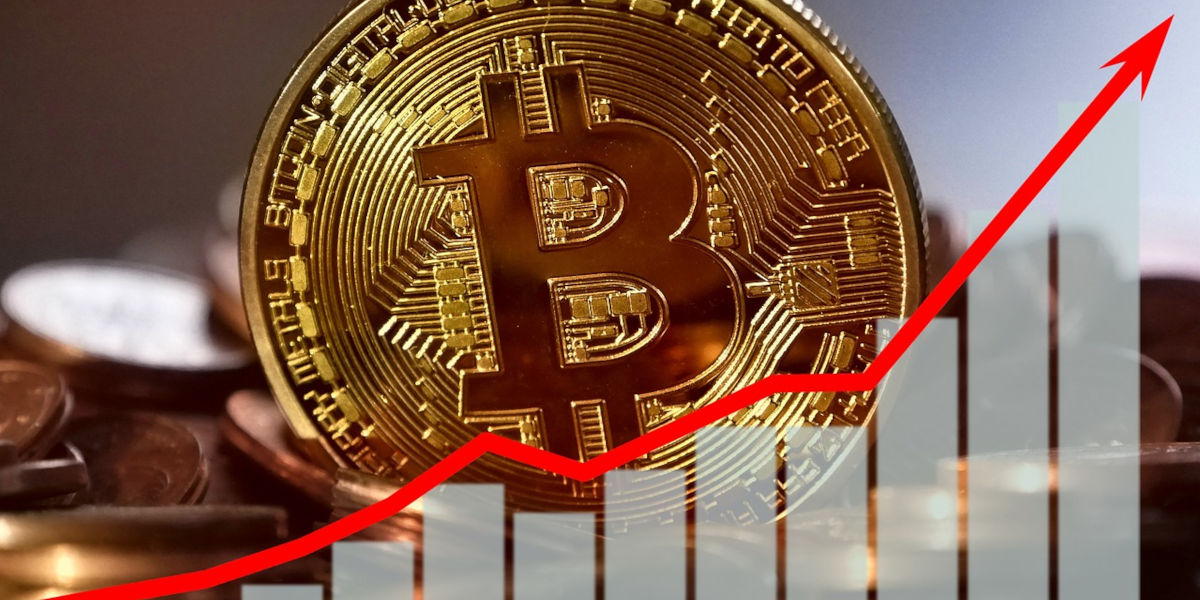Just as the rise and fall of the sun, market cycles too are an inherent part of financial trading. And cryptocurrency, despite being a relatively new asset class, does not exempt from this truth. In the eventful but volatile world of cryptocurrencies, understanding cryptocurrency market cycles is the tool of trade you need to turn risks into rewards.
With the increasing volume, improved regulations, and the rise in the number of institutional investors, cryptocurrency markets show patterns and trends that can be studied, understood, and even capitalized upon. This article aims to take you on a journey of understanding these market cycles and most importantly, teaching you how to trade cryptocurrency market cycles.
Are Cryptocurrency Market Cycles Predictable?
The million-dollar question on the mind of every crypto trader is whether or not cryptocurrency market cycles are predictable. This is a complex question with multiple layers of answers. Yes, and no. Cryptocurrency market patterns can be studied and, to an extent, these studies can predict trends. But, as with all forms of intricate financial systems, absolute predictability is challenging, if not impossible.
Market cycles are influenced by several factors. These are not limited to economic conditions but expand to include social, political, technological, and even psychological aspects. On some days, a single tweet can send the crypto market into a frenzy! The beauty, therefore, in the volatile chaos of cryptocurrency markets lies in spotting patterns amidst the noise and understanding the cyclic behavior.
Understanding Cryptocurrency Market Cycles: A Beginner's Guide
Every market cycle, regardless of the asset class, goes through four primary phases: Accumulation, Markup, Distribution, and Markdown. The accumulation phase represents a period where investors start recognizing the potential of the asset. As a result, demand slowly begins to increase, but the price does not immediately respond. This phase is often considered the best time to invest or 'accumulate' the asset.
Up next is the markup phase. With the rise in demand, the price starts to increase, and the asset gains visibility. This phase is often associated with media hype and increasing public interest, which further propels the price upwards. This is usually the phase where 'FOMO' (Fear of Missing Out) kicks in among new investors who are on the fence about investing.
The distribution phase follows the markup, often characterized by a slowdown in the price rise, leading to a plateau. This phase is a signal that investors are starting to sell or 'distribute' their holdings, resulting in an increase in supply.
Finally, the markdown phase signals the end of the cycle. In this phase, the price falls rapidly as supply starts to outpace demand. Those late to sell their holdings during the distribution phase often end up selling at a loss during this phase.
These cycles are not exclusive to the cryptocurrency market but understanding them in the context of the crypto market's unique volatility is crucial to trade profitably and navigating the market cycles successfully.
Understanding Cryptocurrency Market Cycles
The first step to trading like a professional is to understand the mechanism that drives the prosperity or decline phases of the market. Market cycles are inevitable fluctuating changes in the price of an asset over time, which follow a particular pattern or trend. In the cryptocurrency market, like any other, you see four classical phases: Accumulation, Markup, Distribution, and Markdown.
Accumulation is the clever part of the cycle where the savvy investors start to buy at lower prices after a Markdown, believing strongly in the long-term potential of the investment. The Markup phase is identified by an overall price increase, where demand starts to overcome supply. This is where you observe numerous people investing heavily to not miss out on the upward trend.
Distribution is the phase where investors start to sell their holdings, leading to a price plateau. The Markdown phase ends the cycle with an overall decrease in price. The cycle then restarts with the accumulation phase.
Recognizing the potential of these cycles can help turn the market volatility to your advantage. However, it's pertinent to remember that non-professional traders usually enter during the Markup phase due to FOMO (Fear Of Missing Out), risking buying at inflated prices just before a potential fall.
Effective Trading Tools for Cryptocurrency
To trade in cryptocurrency like a pro, you must be well-versed in using effective trading tools. These tools do not assure profits, but they sure can help in making informed decisions, which is key in trading. They provide the analytics and the data required to understand and predict the market's likely movements.
Charting tools, such as TradingView, provide real-time data analytics in easy-to-understand graphical forms and are a valuable resource. Crypto comparison tools like CoinMarketCap allow you to cross-reference and compare different coins based on their price, trading volume, market capitalization, and more. Thus, enabling traders to make strategic decisions about when to buy or sell.
Risk Management
The cryptocurrency market is highly volatile, and without effective risk management, you can end up losing more than you gain. One fundamental rule of trading is to only invest an amount you can afford to lose comfortably. Diversifying your portfolio by investing in different types of assets is another effective way to manage risk, as losses in one asset could potentially be offset by gains in others.
Establishing stop-loss orders is also a significant tool to prevent heavier losses. When the price of a cryptocurrency falls below a certain level, the stop-loss order gets triggered, and the cryptocurrency is automatically sold, halting any further loss.
In conclusion, understanding market cycles, utilizing effective trading tools, and implementing solid risk management strategies can guide you towards trading cryptocurrency like a pro. However, always remember that patience and persistence play a vital role in the successful navigation of the volatile sea of cryptocurrencies.




